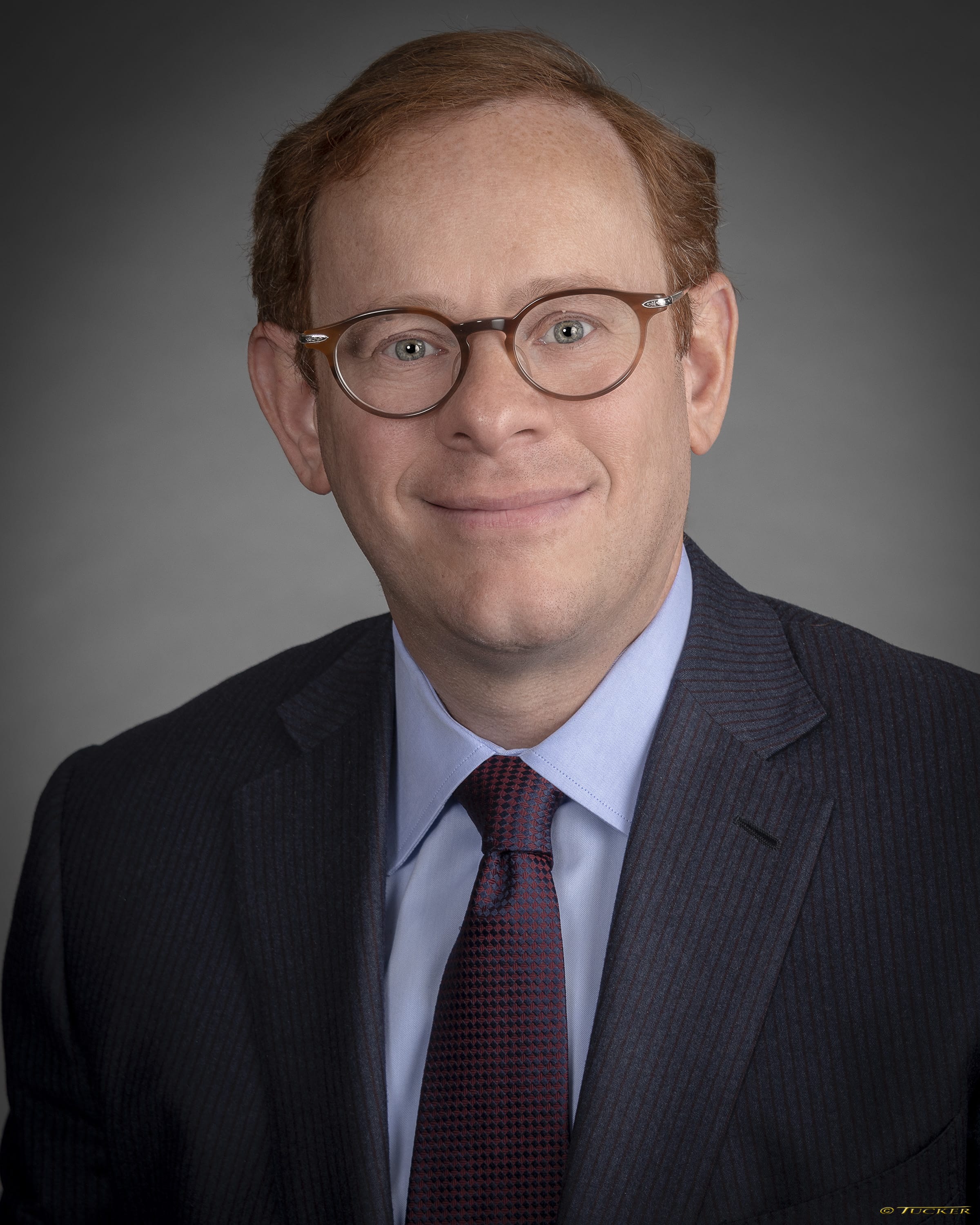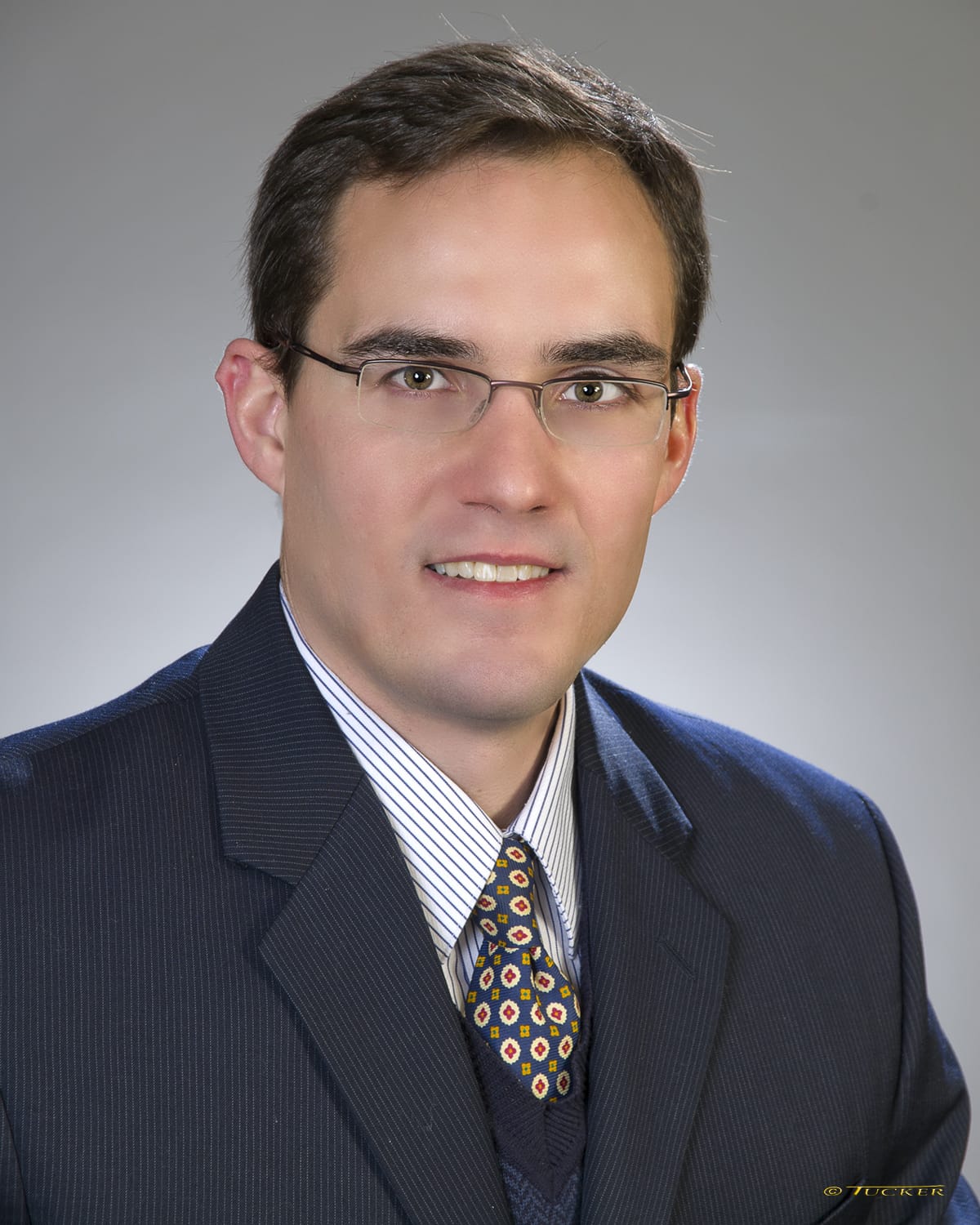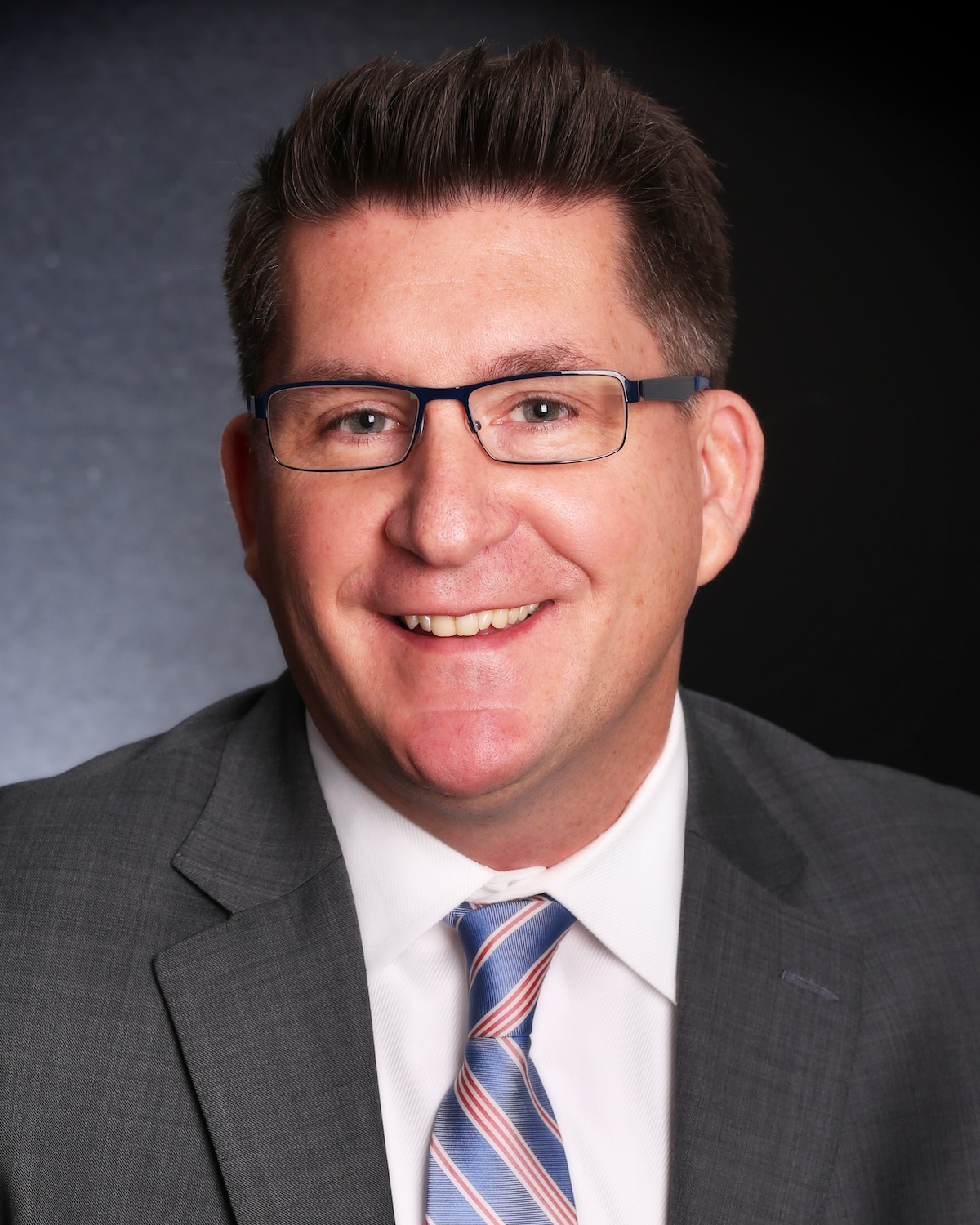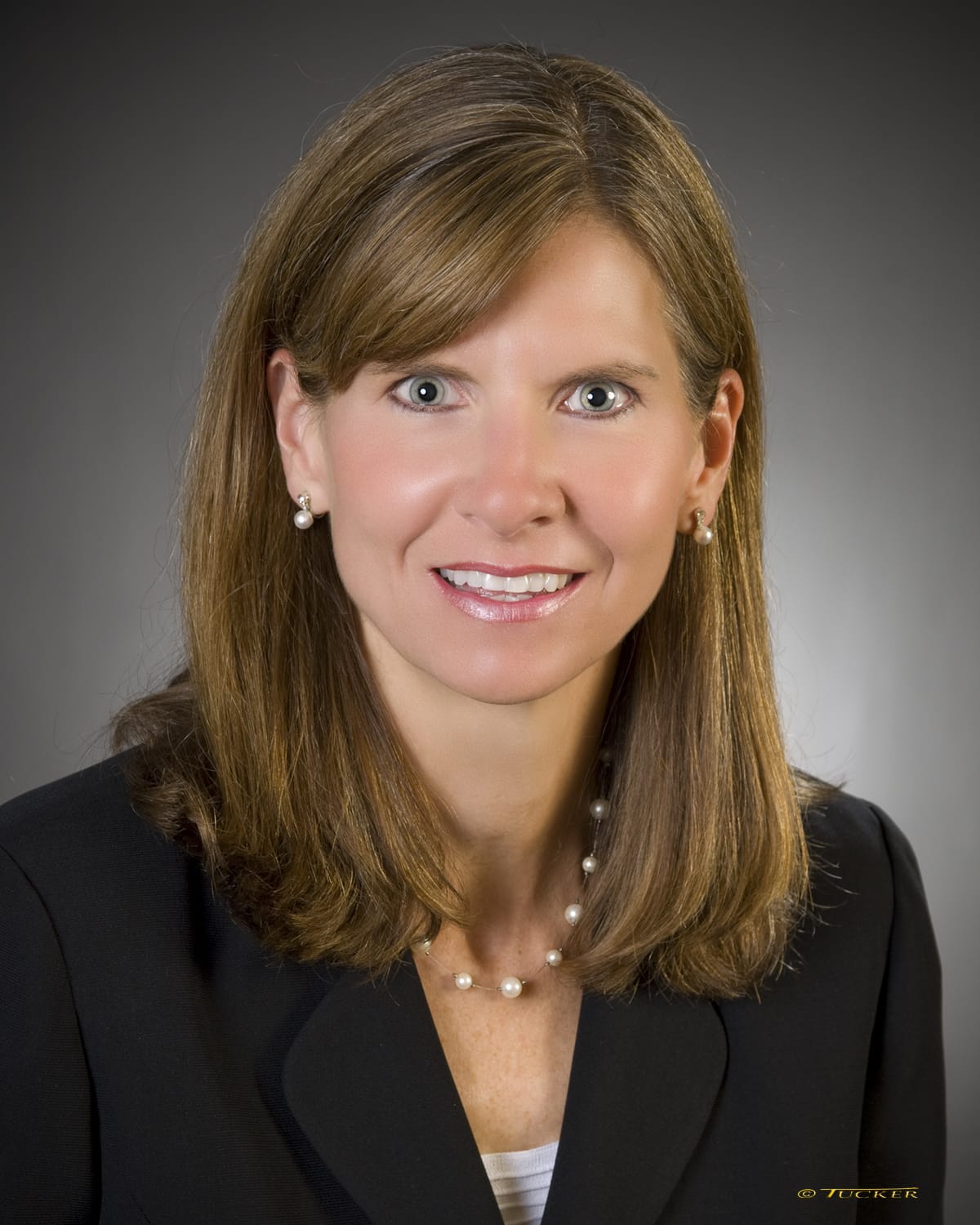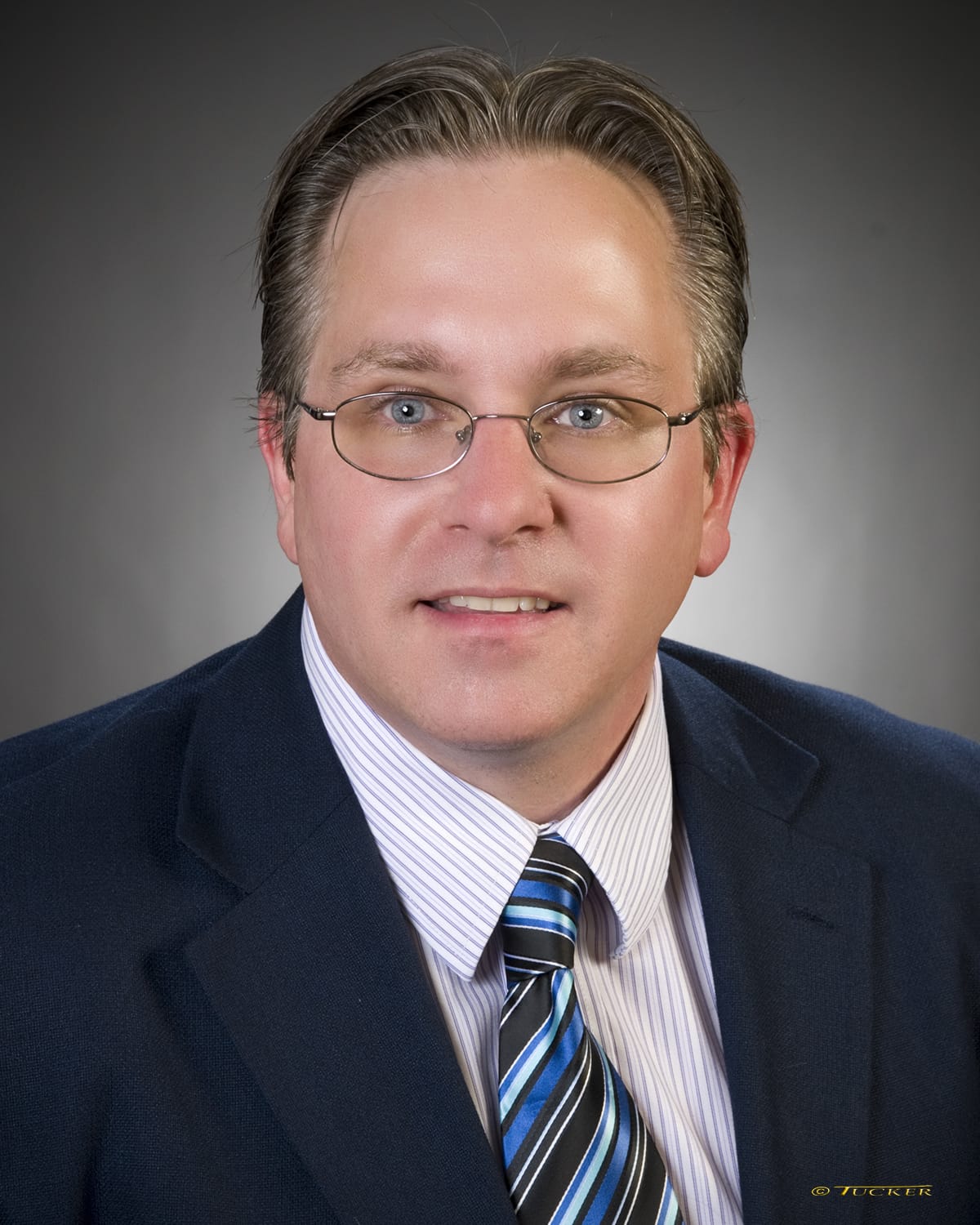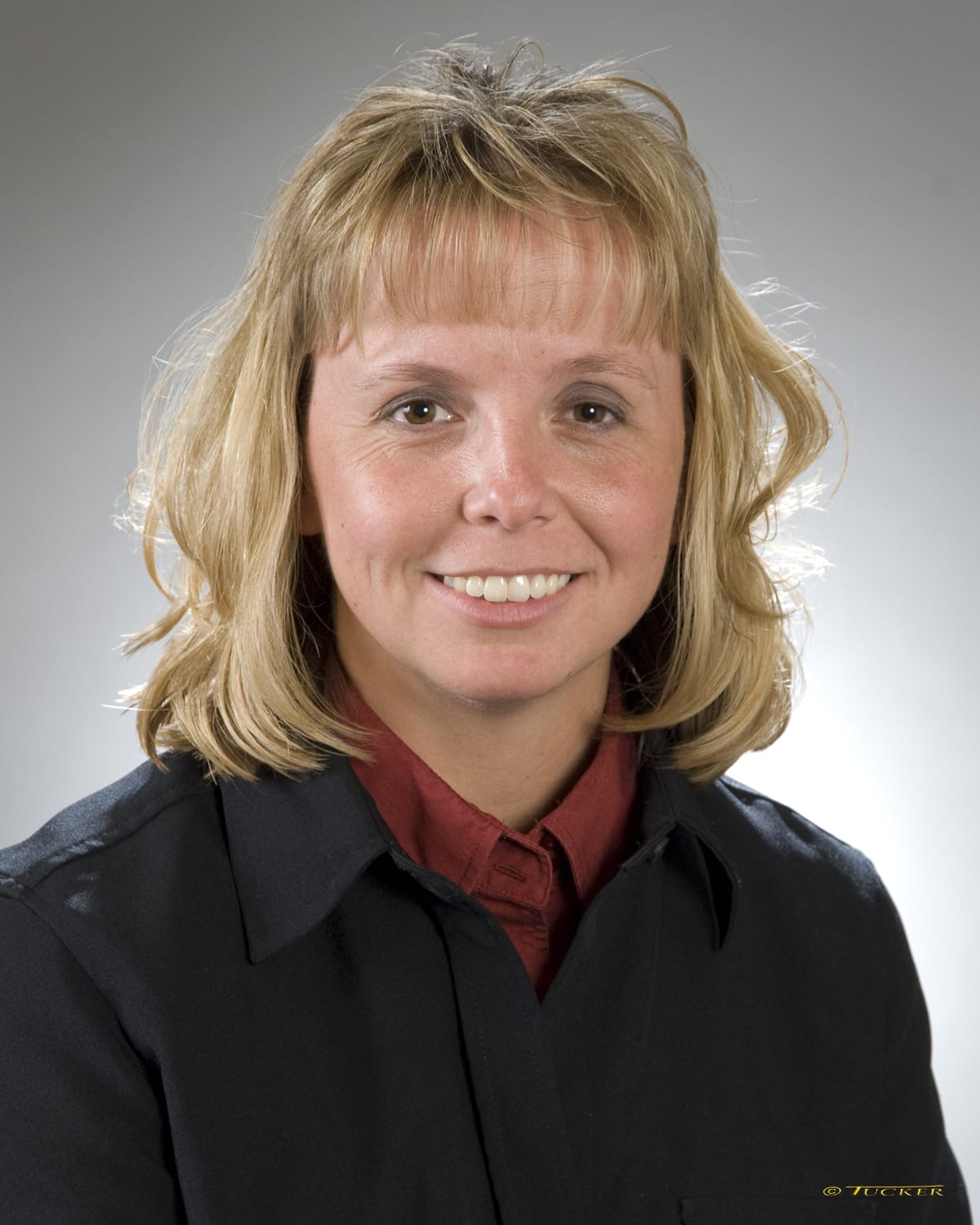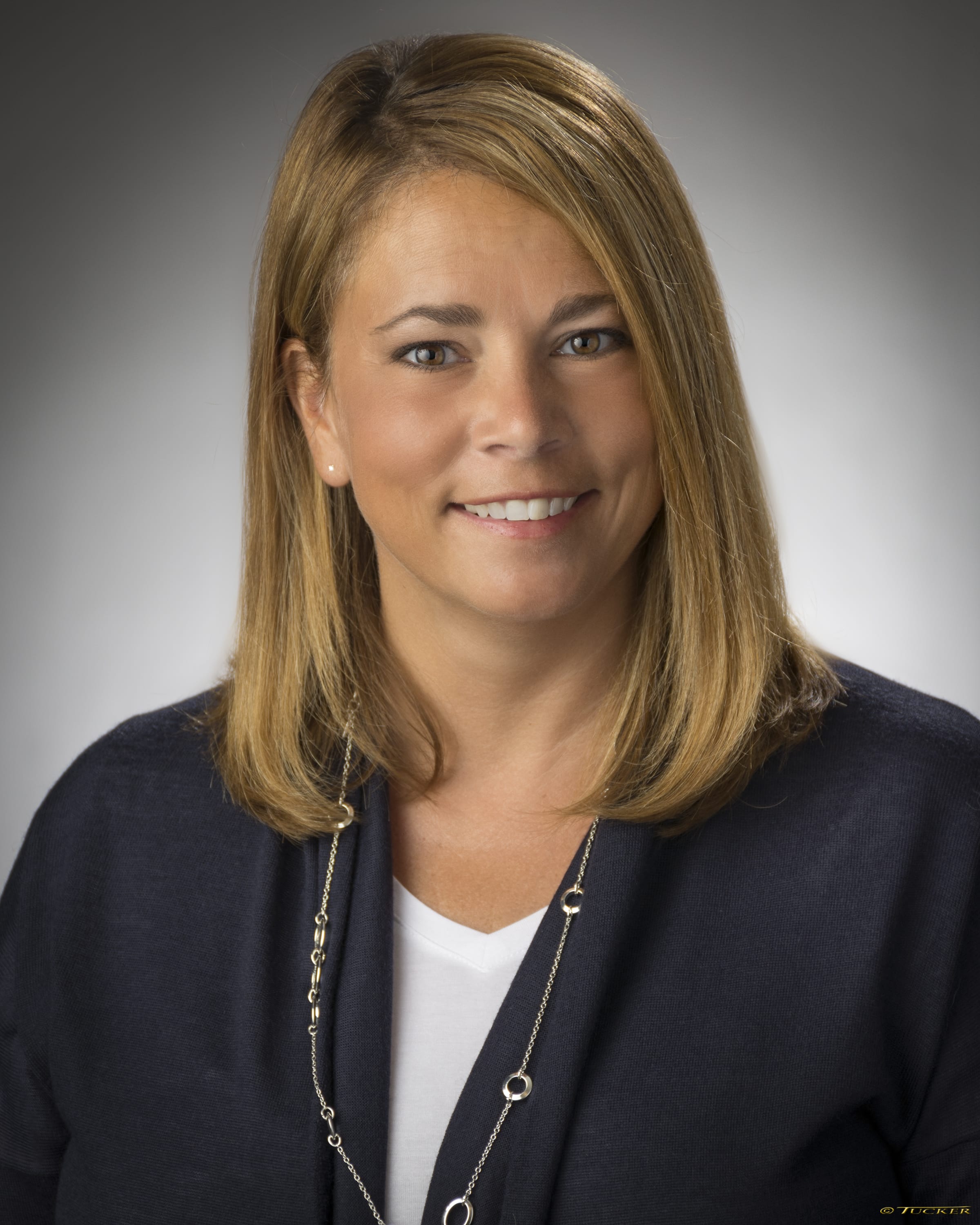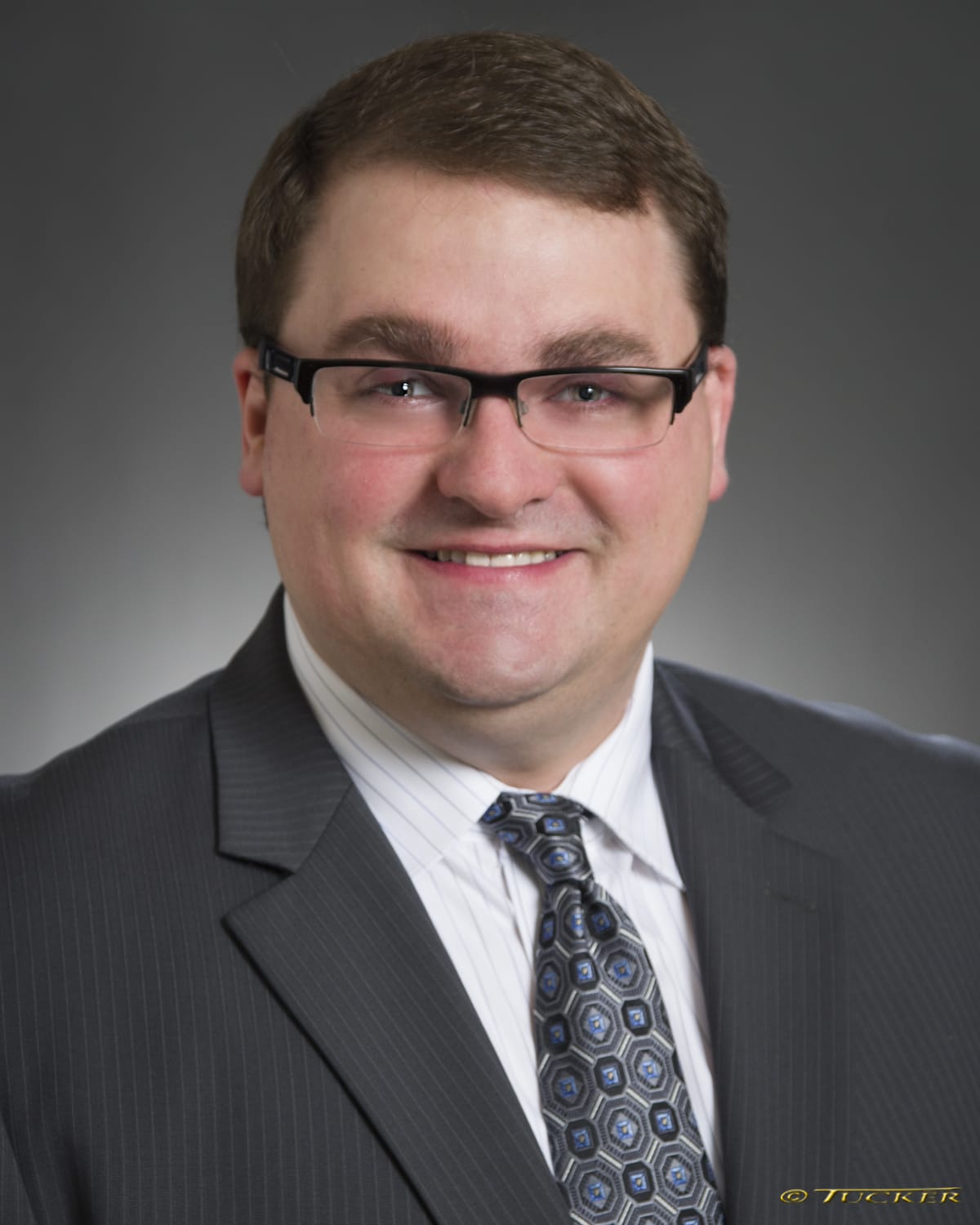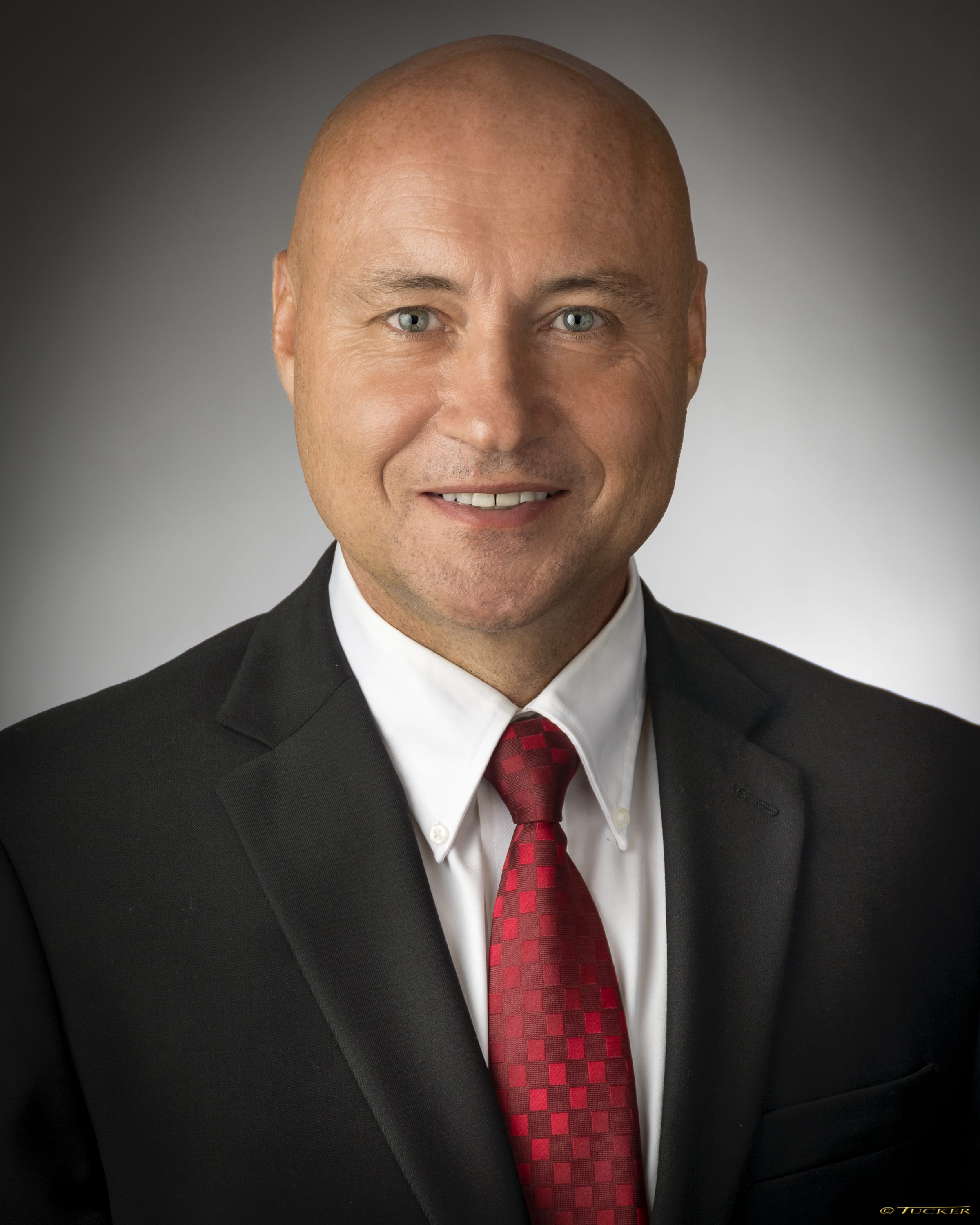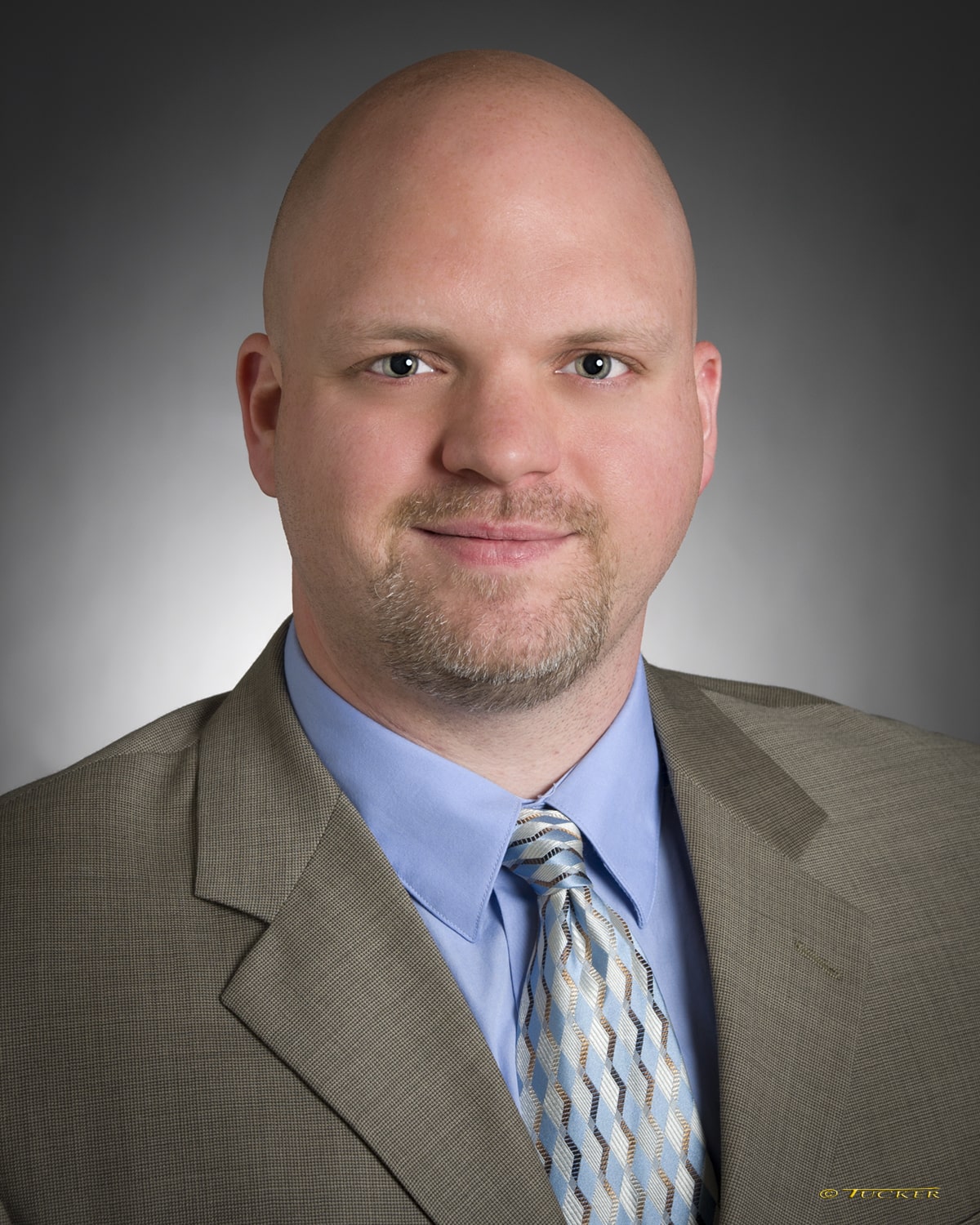Archives For: Editorials
DSNews 2008 Year in Review Issue
Robert Klein, CEO of Safeguard Properties, contributed an article to the 2008 Year in Review issue of DSnews. The article is available on DSnews.com.
30 Jan 2009
USFN “MERS Enters into Pilot Project re Vacant Property Registration”
USFN.org published an article about a new program providing MERS data to municipalities and servicers in an effort to shore up gaps in vacant registration processing.
5 Dec 2008
DS News “One Vision, One Voice for Vacated REO”
Robert Klein contributed an article to DS News about the wave of vacant property ordinances being considered by municipalities across the country.
2 Dec 2008
Managing REO “Ramping Up REO Maintenance”
Managing REO recently published an article by Robert Klein, CEO of Safeguard Properties.
26 Nov 2008
Mortgage Banking “An Outbreak of Ordinances”
Robert Klein, CEO of Safeguard Properties, contributed an article to the August issue of Mortgage Banking magazine regarding the increasing number of vacant properties and the needs of local government to address the challenges caused by the changing housing market.
7 Aug 2008
Vacant Property Ordinances: Finding Common Ground on a National Scale
Published in Managing REO June 11, 2008
By Robert Klein
11 Jun 2008
Servicing Management “Increase REO Marketability While Controlling Repair Costs”
Robert Klein contributed an article to the June 2008 edition of Servicing Management magazine.
1 Jun 2008
Effective Communication-Code Enforcement and the Servicing Industry
Published in March/April 2008 REOMAC Update Magazine
By Robert Klein
Statistics abound about how much property values drop when defaulted and REO properties fall into disrepair. This is why the mortgage servicing industry and other investors spend millions of dollars annually keeping properties in their portfolios up to code and in good repair. In many instances, even actively managed REO properties experience code violations resulting from weather damage, vandalism and other unexpected events.
One of the greatest challenges in effectively dealing with code violations has been the inability to create an effective communication channel between local code enforcement officials and the servicing industry.
Typically, when code enforcement personnel issue a violation, the violation is sent to the owner of record on file with local recorders’ offices. It is too common that this information is either out of date, or lacks accurate contact information so that violations can be brought to the attention of the right person and addressed in a timely manner. Even when the right entity is on record, the contact information may be incomplete or inaccurate. As a result, code violation notices can wind up in the wrong city, with the wrong department, and even worse, in a waste basket with piles of junk mail.
Over the past few years, the field services industry has worked diligently to address this issue on behalf of its clients. Prompt notification of code violations and timely remediation is essential in addressing property damage to prevent further deterioration and community blight. At Safeguard, we have actively developed a working partnership with thousands of code enforcement officials in cities across the country to eliminate this communication gap. Rather than sending notices to the entity on record when code violations occur on vacant properties, we have asked them to notify us, and in turn, we have identified the right contact, whether the property was in our client portfolio or not.
This approach has provided two advantages. First, it has given us an early alert about code violations on our clients’ properties, allowing us to address issues in a timely manner to prevent further property damage. Second, it has allowed us to help our colleagues in the industry, with a courtesy contact to the responsible party to make them aware of violations so they can engage their own inspection and maintenance process.
It is one example of how the mortgage field services industry works cooperatively to raise the level of service we all provide to our clients, and maintain the integrity of properties and neighborhoods across the country.
Recently, the Mortgage Bankers Association (MBA) added a Property Preservation Resource Center to its web site (www.mortgagebankers.org/propertypreservation). Through this site, code enforcement officials nationally can obtain property preservation contact information for mortgage service companies to facilitate the process when code violations come to their attention. It also provides a link to the MERS Servicer Identification System to identify parties responsible for specific properties. This service is an invaluable resource for code enforcement officials and mortgage servicers nationally to further open the lines of communication.
By working together to identify and address property violations quickly and effectively, we can all be more effective in maintaining the quality and integrity of vacant properties, helping our clients achieve faster and more valuable sales, and preserving neighborhoods for homeowners and their families.
###
Robert Klein, a long time REOMACTM member and supporter, is CEO of Safeguard Properties, Cleveland, OH, the largest privately held mortgage field services company in the U.S.
?
?
?
?
?
1 Mar 2008
HUD Property and Preservation Guidelines Revised with Issuance of Mortgagee Letter 2007-03
Industry collaboration leads to adoption of Best Practices
published in Servicing Management, June 2007
By?Robert Klein, CEO, Safeguard Properties Inc.
The Department of Housing and Urban Development (HUD) recently issued HUD Mortgagee Letter 2007-03 (ML 2007-03).?The Mortgagee Letter provided a revision to the Preservation and Protection Requirements and Cost Reimbursements for properties that serve as collateral for mortgages insured by the Federal Housing Administration (FHA). These requirements entitled, “General Requirements for Preservation and Protection of Properties Securing FHA Insured Mortgages”. This guidance supersedes the policy requirements of ML 2002-10, ML 2003-05, ML 2004-07, and ML 2005-22, and parts of ML 2002-19. The revisions went into effect on April 30, 2007.
The issuance of ML 2007-03 was a culmination of a cross industry collaborative effort between HUD, Loan Servicer’s and Field Service organizations. Building on the momentum created during the National Property and Preservation Conference in November 2006, HUD was extremely proactive in reaching out to the industry to discuss “best practices”. The Conference Theme “Its About Time” provided the initial forum and framework for the Industry to discuss these best practices with a focus on creating an environment of efficiency and collaboration.
Many of the guideline revisions were as a result of a number of industry conference calls, issues raised at Industry conferences, and working groups formed to address guidelines that were in place. Within HUD ML 2007-03 , there are several changes that affect the way that the Industry is now expected to preserve and protect FHA properties. Highlights include:
- An overall increase in cost reimbursements for many P&P services and standard pricing for securing, boarding, and inspections;
- A definition of five different types of inspections;
- Triggering events that necessitate an inspection have expanded to include property conditions that may signal a non-monetary default;
- An increase in the maximum allowable securing fee to allow for the re-securing of a property without prior approval and a differentiation of the securing timeframes for pre and post-sale properties;
- Clarification of the distinction between temporary and permanent roof repairs, clear guidance when each is appropriate and an increased emergency roof allowable;
- Simplification of the winterization requirements
- Clarification of securing timing requirements for pre (15 days) and post-foreclosure (5 days) sale properties;
- Clarification of conditions under which HUD will accept conveyance of a property with mold;
- A new requirement for the use of digital photographs and a new flat-fee reimbursement;
- Revisions of the requirements surrounding initial grass cuts and an update allowing a Mortgagee to submit one bid per growing season for recurring lawn maintenance on an oversized lot rather than submitting new over-allowable requests each time the yard is mowed;
- Specific language that excludes normal household cleaning products from the definition of hazardous waste;
- Removal of the requirement for installation of the Reduced Pressure Zone (RPZ) device, except in areas where it is a state or local requirement;
- Instruction to immediatelyaddress damages upon discovery, such as flowing water and collapsed roof andapproval to submit an O/A request after the work has been completed;
?
Inspections
The Property Inspection and Servicing Requirements within HUD ML 2007-03 provided a definition of five (5) inspection types. ?These include Occupancy Inspections, Initial Vacant Property Inspections, Vacant Property Inspections, Voluntary Pre – Conveyance Inspections, and Eviction Inspections.? The guidelines provide a succinct definition and requirement for each of these inspection types. The revised inspection guidelines also provided some additional requirements and clarifications.? In this regard:
- All inspections are now photo required;
- the Initial Vacant Property Inspection fee is now charged at the time of the initial secure;
- Interior inspections on vacant properties are now required on all visits following the initial secure;
- HUD now provides reimbursement for a total of 15 inspections within a calendar year;
- All inspections must be completed within 35 days of the completion of the last inspection;
- Reimbursement for Inspection Fees are now determined by the type of inspection (interior vs. exterior or gained access vs. did not gain access)
- The previously identified Hot Zones have been updated to include 13 zip codes in Chicago and 5 zips in Los Angeles.
- Properties deemed to be “Vacant but obviously being maintained” will no longer be secured
For years, the industry has lobbied for mandatory interior inspections to ensure early detection of issues that if not detected and mitigated, could lead to a material loss to the value of the property. Issues identified during these inspections often represent high risk matters that can, if not detected early, escalate and lead to a major loss to the property value. Common examples of issues identified during these interior inspections include new damage, worsening of previously reported damage, and the presence of a sump pump not properly maintained.? With the issuance of HUD ML 2007-03, Interior Inspections are now definitively required.
It has always been imperative that property condition be reported and documented with photos at the time of the initial secure.? The new Guidelines provided further clarification or requirements when an imminent source of property damage or a health and safety hazard is identified during an inspection. The following examples were provided by HUD but were not meant to be all inclusive:?
- Flowing water
- Collapsed roof
- Gas leak
In these (or similar) circumstances, the Mortgagee is required to take immediate action to remediate the damage or hazard following the receipt of emergency permission.? In instances where emergency permission cannot be obtained in advance, the mortgagee is instructed to submit and over allowable request immediately following the remediation action and must substantiate the emergency nature of repairs.
Winterizations
The Guideline revision clarified that wet/radiant heating systems are no longer required be up and running allowing for a material cost and time savings for the Industry.? Specific guidance was provided to define the requirements for each system type when performing winterizations.? New allowables were established for:
- Replacement/installation of electric and gas water heaters.
- Installation of an RPZ valve if required by local code
- Repair/installation of heating equipment if required to properly winterize the system.
A number of guideline revisions were addressed as well.? These include
- Mortgagees are no longer permitted to disconnect water meters
- Winterization steps have been clarified by system type; and
- Winterization season has been changed in several states
Debris and Hazard Waste Removal
HUD ML 2007-03 included a number of revisions and clarifications as to the requirements for the removal of debris and hazard waste. Interior debris removal is no longer permitted in Florida and Oregon.? Allowables were also established for large appliance removal, tire removal, and bug/pest infestation removal in order to improve efficiencies and eliminate bids. Importantly, debris removal allowables have changed. and a debris removal cost schedule by state has been provided.
HUD has also clarified the definition of hazard waste to eliminate “normal household” items. Specifically, the guidelines established that the following products, if found in quantities consistent with normal household use, are not considered hazardous waste for purposes of debris removal under this section.
- Non-flammable materials including reasonable quantities of paper and fabrics (unless stored near flammable chemicals),
- Common cleaning products and household chemicals such as insect repellent,
- Up to five gallons of paint and paint products,
- Lawn and garden products and fertilizers,
- Pool chemicals.
Bids to remove these items are not necessary but it is still required to report the presence of these items on updates submitted.
The issuance of HUD Mortgagee Letter 2007-03 provided evidence that Industry collaboration and cooperation is working.
1 Jun 2007
Quality Assurance – A Coordinated Approach to Risk Management in the Default Industry
Published in Servicing Management, February 2007
By Robert Klein
Quality Assurance can be defined as a planned and systematic pattern of actions necessary to provide adequate confidence that a product or service optimally fulfills customers’ expectations. As the Default Services industry has matured, we have seen a diligent focus on the completeness and comprehensiveness of quality assurance processes and procedures.? Compliance with investor guidelines has been the main driver of these quality initiatives however the industry has made great strides in utilizing quality control techniques to safeguard their client interests.? Increasingly, we have seen a collaborative approach to quality processes and procedures as field servicer’s, loan servicer’s, and investors (HUD, VA, FNMA, and Freddie Mac) have coordinated their approaches to ensure consistent quality of efforts.?
This spirit of cooperation was never more evident than at the Third Annual Property Preservation Conference held in Washington D.C. in November 2006.?? The Conference theme, “It’s About Time!”? highlighted the renewed partnerships within the industry as the attendees focused on long term goals and opportunities in streamlining the conveyance process, thus saving investors, servicers, and M&M contractor’s time and money.? This collaboration led to proposed resolutions and the establishment of focus groups to cooperatively work with the investors on reducing the inefficiencies in the current processes and improving the quality of work efforts.
Field Service companies are typically the first line of defense for the default service industries quality assurance efforts.? The primary goal is to assure that all contractors working with Field Service companies are thoroughly educated about and compliant with the industry and client requirements, and that their quality of work is consistent and sound.? Contractors are the eyes and ears of the Field Service companies.? Therefore, it is imperative that contractors deploy quality assurance techniques to ensure that work is performed competently, comprehensively, and proper supporting documentation is available.? From a contractor standpoint, quality assurance efforts include:
- Field quality efforts include maintaining adequate equipment (ladders, air compressors, generators, etc.) to accurately and comprehensively complete the duties they are contracted to perform.
- Use of digital cameras to provide photo documentation of the before, during, and after status of the work performed.
- Utilization of office quality assurance efforts to ensure work order updates are timely and thorough and are adequately supported by documentation
- Increased utilization of GPS and handheld inspection tools to ensure that not only are their employees physically visiting the property,? but are comprehensively completing and gathering the proper inspection data
Field Service companies conduct comprehensive quality assurance efforts as well. In addition to investor guidelines,? Field Service companies must also deploy quality assurance techniques to ensure they are meeting client and service level agreement requirements.? Quality Assurance efforts common to experienced field service companies include, but are not limited to:
- Comprehensive vendor recruiting and training policies and procedures designed to ensure that recruitment is properly managed and resultant work products are consistent and in accordance with client requirements
- Increasing use of technology allowing for process “scripting” that provides a roadmap for the contractor in the field to gather sufficient and complete evidential matter including photo documentation
- The use of Contractor Report Cards and follow up procedures to ensure remediation of quality deficiencies
- Comprehensive review procedures designed to ensure the adequacy and reasonableness of submitted bids
- Comprehensive in house industry training to ensure that the in house personnel are properly trained and have access to the latest investor guidelines
- Completion of random quality control inspections.? These inspections are typically performed after the inspector has completed their inspection and are deigned to determine whether or not the inspection was a true representation of the physical condition of the property at the time the inspection took place.
- Assignment of “phantom” inspections to ensure that field inspectors are actually visiting properties and reporting accurate information.
- The completion of interior inspections to ensure early detection of issues that if not detected and mitigated, could lead to a material loss to the value of the property.?
- Critical path timelines and exception reporting established and consistently monitored to ensure timely completion of activities
- Internal quality control audits designed to ensure that adequate photo documentation is available to evidence the work performed and an audit trail is maintained that evidences all work performed
- Use of non-performance and demand letter issues to identify quality deficiencies and implement timely corrective action to prevent future occurrence
- Pre Conveyance inspections designed to document issues at the time of conveyance in order to ensure the minimization of reconveyances.
Loan servicers have also implemented quality assurance measures designed to assure compliance with investors and the mortgagee’s own origination or servicing requirements.? These activities are designed to protect the mortgagee and investors from unacceptable risk, guard against errors, omissions and fraud, and assure swift and appropriate corrective action is implemented.? In this regard, the servicers have implemented quality assurance activities such as:
- Utilization of Vendor Report Cards based on a representative sample of work orders performed designed to quality review work activities.
- The assignment of High Risk Field Officers to work proactively with field service vendors and municipalities to ensure compliance and timely remediation of code issues
- The increasing use of Service Level Agreements (SLA’s) that provide for financial disincentives for breakdowns in quality service
- Utilization of automated invoicing applications to properly ensure that claims for insurance benefits are accurately prepared, properly calculated, fully supported, and submitted in a timely manner on a loan level detail
Investors have also renewed their focus on quality assurance and have proactively worked with servicers and field service companies in a collaborative manner.? At the Property Preservation Conference in November 2006, HUD identified their “top ten” ways to save time and improve efficiencies.? As an illustration of their focus on quality assurance, these included:
- A recommendation that the industry take advantage of voluntary pre conveyance property inspections to minimize reconveyance risk
- Ensure that quality efforts include the submission of a timely HUD-27011 form, and that all non surchargeable damage is properly documented
- Their representation that “It’s all about Quality Control” when providing a comprehensive mortgagee/servicer audit trail.? HUD commented that servicers must perform periodic quality control audits to ensure that preservation and protection requirements are consistently met.
The Veterans Administration also announced strategies to improve efficiencies and quality at the Conference.? VA stated that they are now taking actions to address the servicers’ concerns of consolidation of cost schedules, streamlining and automation of claim payments, making information available online, instituting incentive plans for servicers, and implementing post-claim audits. Fannie Mae and Freddie Mac have also stepped up their quality assurance activities in accordance with the new industry focus. Both agencies have recently created a central office and email address for processing P&P requests nationwide.? These central offices track all bid requests by type and amount, making the reporting and auditing of data more efficient. Additionally, Fannie Mae has developed a servicing guide intended to assist the servicer to make quality decisions on their behalf.
In summary, the Default Industry has made tremendous strides in improving the quality of their work effort and has been working collaboratively to coordinate efforts.? A comprehensive quality assurance plan and process means cost savings to loan servicers, field service companies and ultimately the investors.? It should be apparent that if you cannot measure the quality of your efforts, you cannot improve it.? Industry quality assurance efforts need to focus on continuous business process improvement in an ongoing effort to enhance our products, services and processes.? However, these efforts cannot be undertaken in a vacuum and the industry must continue to collaborate on quality measures if we are to be successful.? The establishment of solid Quality Assurance plans will reinforce the investors confidence in loan servicing and result in renewed cooperation for all involved in the Industry.
1 Feb 2007

